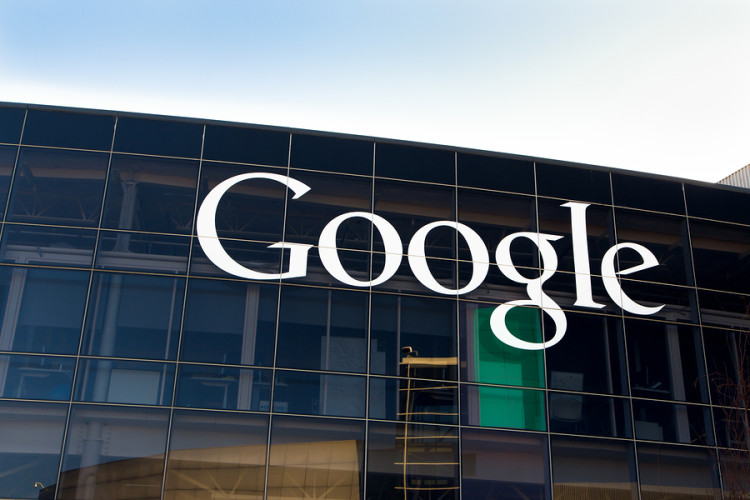Google Said to Sweeten Deals With Publishers as Tech Woos Media

published Mar 20, 2018, 5:57:41 PM, by Gerry Smith and Mark Bergen
(Bloomberg) —
Google is offering publishers sweeter terms as part of a new subscriber tool announced Tuesday, currying favor with the news industry at a time when Facebook Inc. is sending mixed signals to newspapers and magazines.
Publishers will keep 85 percent to 95 percent of revenue when readers first buy subscriptions via Google, up from 70 percent previously, according to people with knowledge of the matter.
The relationship between publishers and Silicon Valley is shifting, with technology companies showing they want to compete for content. Last week, Apple Inc. offered an olive branch to the media industry by buying Texture, a digital service that lets users subscribe to more than 200 magazines for $9.99 a month. Apple and Google are trying to seize on a moment when Facebook’s ties with media outlets have soured.
The relationship between news providers and “the major digital platforms — how they think about content, how they think about publishers, how they think about data — feels more in flux right now than it has in a long time,” Mark Thompson, chief executive officer of the New York Times Co., said in an interview.
The new financial terms are part of “Subscribe with Google,” a feature that gives media companies data and tools to find and keep subscribers. It was one of several announcements the search giant made in New York to improve ties with publishers whose content helps Google sell advertising.
Subscriber Tool
When consumers sign up for a subscription using “Subscribe with Google” at a publisher’s website, Google will keep just 5 percent of the revenue, said the people, who asked not to be identified discussing nonpublic information. If they use the tool at the Google Play Store, that goes up to 15 percent.
On Tuesday, Google said it would share data to help identify potential paying readers and that users’ search results would more prominently feature publications they subscribe to. The company also said it would dole out $300 million to support digital journalism globally over the next three years.
“We welcome the fact that Google has listened to and responded to some of our asks about our subscription business,” Thompson said. He also said he’d like to see Google and others share advertising revenue with publishers, since the tech companies make big profits by selling online ads around other providers’ news content.
“Any kind of comprehensive solution to do with sustaining quality journalism on these major platforms will have to consider the advertising side of the equation as well,” Thompson said.
Boost Relations
Apple’s purchase of Texture last week was that company’s latest effort to boost relations with news outlets. Apple once touted the iPad as a potential savior for the industry, which has struggled for years with declining subscribers and print advertising. In 2011, News Corp. created an iPad-only newspaper called The Daily, but shut it down in less than two years after failing to find a big enough audience.
Conde Nast President Bob Sauerberg said he’s optimistic Apple’s acquisition will start a new chapter that will benefit his stable of glossy magazines, which include Wired and The New Yorker. Conde Nast was a co-owner of Texture.
“They have big ambitions,” Sauerberg said.
Sauerberg said not all tech giants have put publishers at the top of their priority lists, but for now, “I feel really good we’re at the top of the list for Apple and for Google.”
IPhone App
Apple’s focus with publishers has been on distributing their stories on Apple News, an app that comes installed on millions of iPhones. Media executives say Apple News could be a significant source of online readership. But so far they’ve seen little money from it.
Apple News is a way to attract more Times readers, especially outside the U.S., “but without significant economics attached,” Thompson said. The Times distributes articles on Apple News, but is not participating in the subscription program.
Facebook, meanwhile, has sent mixed signals to publishers. In October, the world’s largest social network began a test to support paywalls in Instant Articles and letting publishers keep all the revenue from subscriptions. In February, it launched a three-month pilot program to help local newspapers attract more subscribers.
But the company has also said its algorithm will start prioritizing News Feed posts from friends and families, hurting publishers’ web traffic.
“Google has been the most responsive of the major platforms in terms of listening, trying to understand what we need, and changing their business rules,” Thompson said. “We’ve not seen that kind of responsiveness from Facebook at all, actually.”
–With assistance from Mark Gurman.To contact the reporters on this story: Gerry Smith in New York at gsmith233@bloomberg.net ;Mark Bergen in San Francisco at mbergen10@bloomberg.net To contact the editors responsible for this story: Crayton Harrison at tharrison5@bloomberg.net Rob Golum, Alistair Barr
COPYRIGHT © 2018 Bloomberg L.P



No Comment